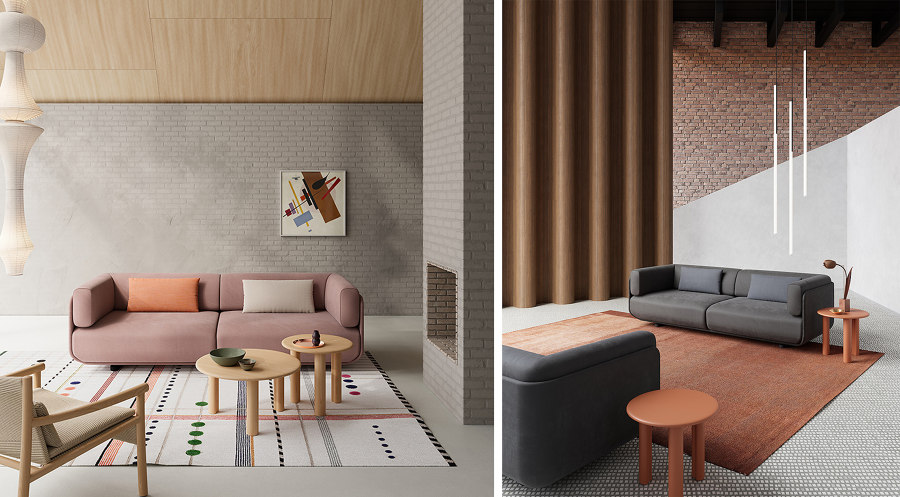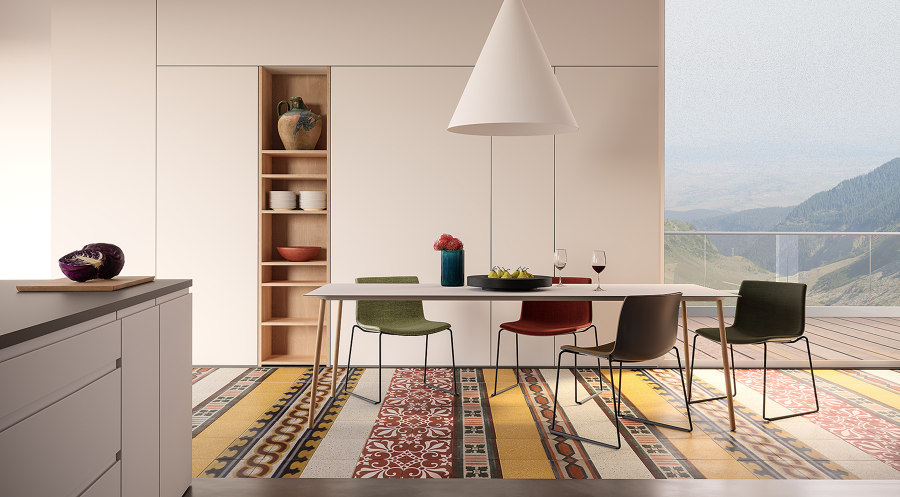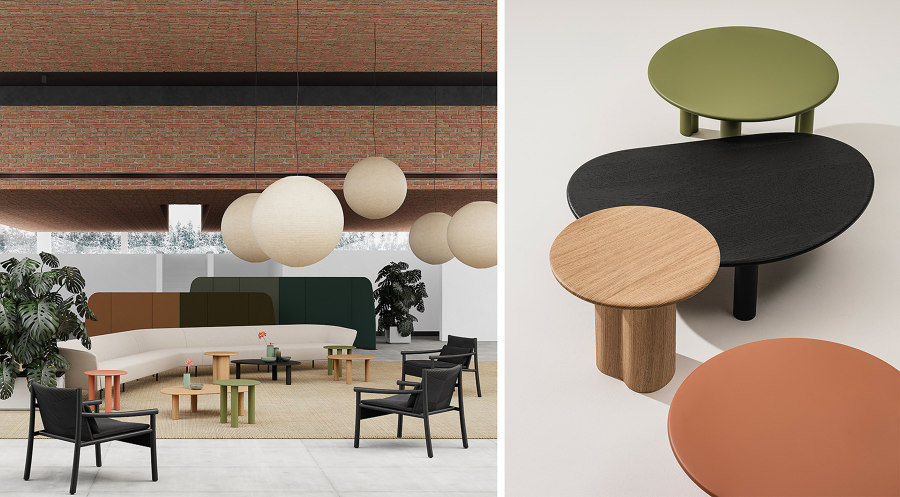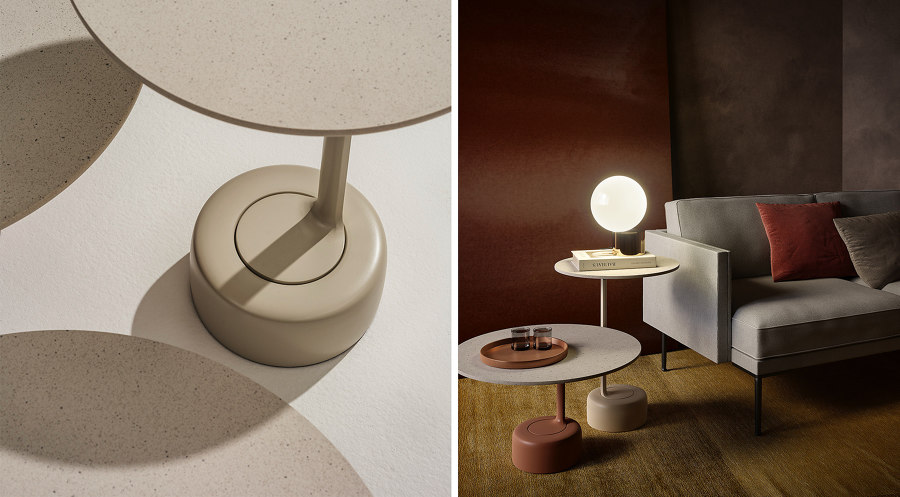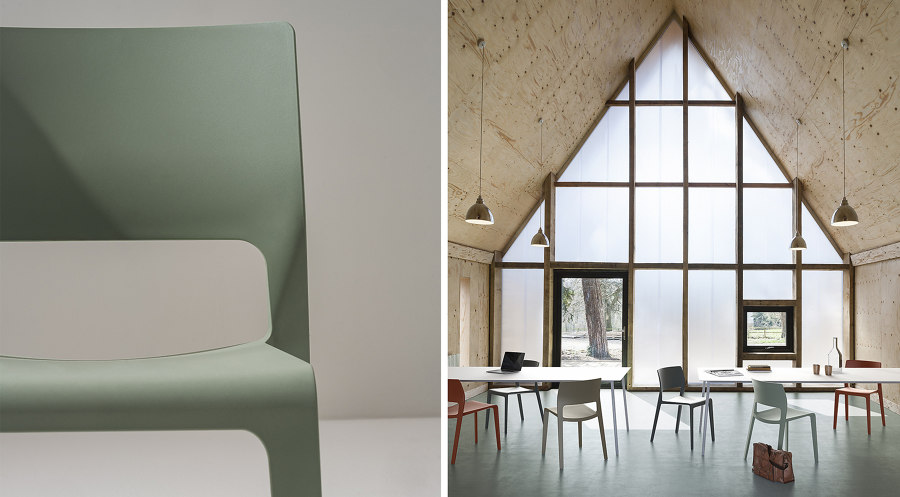Redefining everyday: Arper's 'The Project of Living'
Storia del Marchio di Nick Compton
Monastier di Treviso, Italia
28.07.22
At this year's Salone del Mobile, the Italian manufacturer introduced versatile new design forms, colours and systems that evolve and grow along with our ever increasing need for flexible living solutions.
The boundaries between home and work have evaporated over the past few years. Now ‘living’ means all the different things we do in a day, and Arper is meeting the resulting design challenge head on
As the Italian design brand Arper says, the ways we live and work are now in flux and anything is possible. Beyond all the talk of remote working, hybrid working, working from home, working from anywhere, there is a simple truth – we have become untied, mostly in a good way.
We have more control and autonomy, but our days also have a new kind of improvisational flow. We are increasingly multi-modal – professional, parent, partner – much of the time. We flit between places and flip between identities and responsibilities.
London-based studio Doshi Levien's new sofa Shaal matches cocooning comfort with modular flexibility thanks to its a supportive shell and various configurations
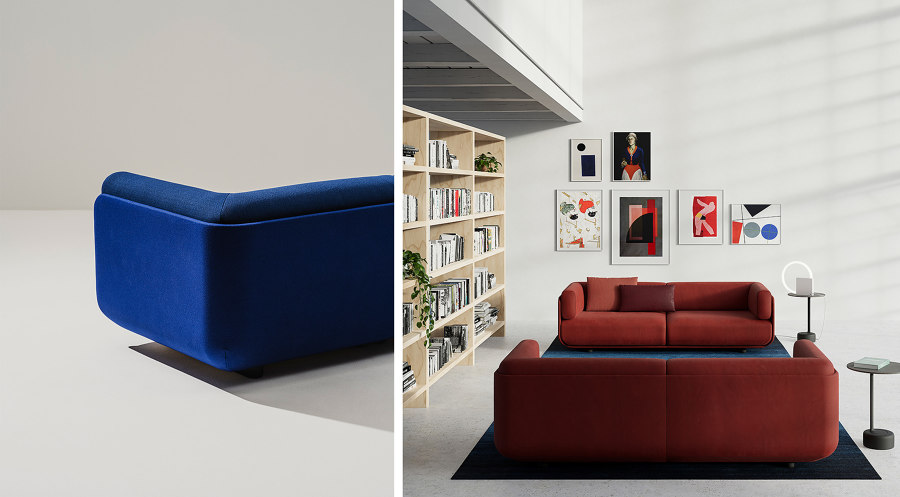
London-based studio Doshi Levien's new sofa Shaal matches cocooning comfort with modular flexibility thanks to its a supportive shell and various configurations
×Design has to answer to that reality, to be flexible but also supportive, comfortable but also capable. It has to be inspiring and useful but also sustainable and be all that seamlessly and allow for further flux and change.
Arper calls this new design mission The Project of Living. And at this year's Salone del Mobile in Milan, it presented a number of designs that mapped out a new course, pieces fit for the home and studio and spaces that can be social and private, for family time and creative flow.
Nipa Doshi and Jonathan Levien speak about the evolution of Shaal, their latest sofa design for Arper
For the home and the workplace
Shaal, a new sofa from London-based Doshi Levien, matches cocooning comfort with modular flexibility. Cradled in a supportive shell, Shaal offers plump, deep cushioning in six core modules that can be combined to create angular or linear two or three-seater configurations and in almost endless permutations of textiles.
Design has to be inspiring and useful but also sustainable and be all that seamlessly and allow for further flux and change
‘We wanted to produce a design for Arper that works equally in a soft residential setting as it does in a workspace,’ says Nipa Doshi. ‘In terms of look and feel, these spaces are moving closer together with the unifying qualities of comfort and diversity.’
Minimalist table Aeeri by Swiss architect Peter Kunz was inspired by its creator's love for origami – and is hence constructed from a single folded sheet of 1mm steel
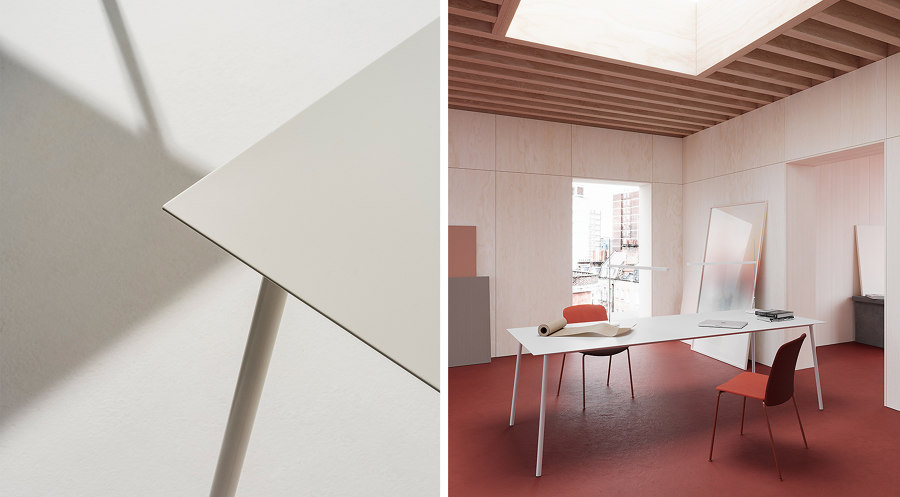
Minimalist table Aeeri by Swiss architect Peter Kunz was inspired by its creator's love for origami – and is hence constructed from a single folded sheet of 1mm steel
×Minimalist and multifunctional
Aeeri, designed by Swiss architect Peter Kunz, is a work table, dining table, whatever-you-need table of quiet, pristine authority. Thin, light and free of unnecessary embellishment, Aeeri is essentially a single sheet of 1mm steel folded to create something slender and sculptural and mounted on wooden or metal legs, available in two heights.
‘A folded paper plane or an origami figure are mysterious and incredible because their forms are both minimalist and yet highly functional,’ says Kunz. ‘The concept for the table came from my fascination with this kind of structural de-materialisation.’
Barcelona-based studio Altherr Désile Park prioritised versatility with their Ghia table system. Available in two shapes, three heights and a multitude of natural materials, it can make a fitting constellation for any space
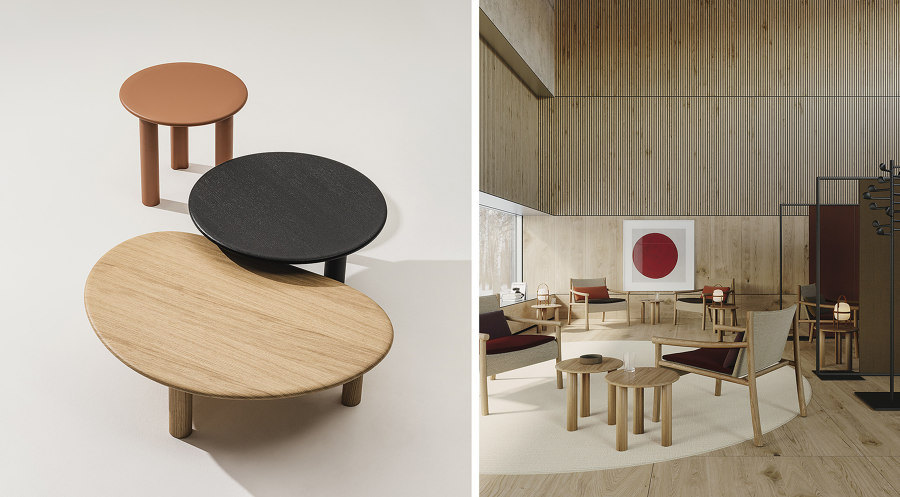
Barcelona-based studio Altherr Désile Park prioritised versatility with their Ghia table system. Available in two shapes, three heights and a multitude of natural materials, it can make a fitting constellation for any space
×Low tables, high tables
Ghia meanwhile is a collection of low tables with a different kind of organic flow. Designed by Barcelona-based trio Studio Altherr Désile Park, Ghia is a system of tables of two shapes, three heights and in a multitude of natural materials, encouraging creative constellation to generate a kind of harmonic hum.
Like its designer, Jean-Marie Massaud’s side-table Oell is a smart multi-tasker. Its offset leg, available in two heights, and cantilevered tabletop, available in two sizes and a range of finishes, are set in a smooth cylindrical base. Set next to a sofa or armchair it becomes the perfect workstation, lunch-station or down-tools cocktail-station.
As Jean-Marie Massaud says, design has a responsibility to answer to current and future needs, on a social and environmental level. And Arper’s Project of Living does it beautifully
‘Oell proposes a more natural way to work with a laptop or tablet while sitting in an armchair like, for example, the Aston Club,’ says the designer and architect. ‘Instead of using a support specially designed for devices, the design offers something that looks more gentle and refined. While the table doesn’t announce that it’s designed for work, it's always there and ready to serve when the need arises.’
Marie Massaud's Oell table is a smart multi-tasker. Available in two heights and sizes, it seamlessly adapts to its surroundings and can become a work-, lunch- or cocktail-station

Marie Massaud's Oell table is a smart multi-tasker. Available in two heights and sizes, it seamlessly adapts to its surroundings and can become a work-, lunch- or cocktail-station
×Reflecting new advances in materials and technology
Offering plastic a beautiful and useful second life, a reworking of the late James Irvine’s classic Juno chair is now being produced in 70% recycled plastic and in a new colour palette inspired by the natural world. A retooling of the original mould means the Juno 02 can be made using far less material than the original while maintaining the same sleek silhouette.
‘It’s the responsibility of the designer to create a product that can live for a long time,’ says Studio Irvine’s Marialaura Rossiello Irvine. ‘This could mean modifying the form, the materials, or the colours to remain relevant for different applications, and to reflect new advancements in materials and technology. Not only is this an ecological point of view, it's also an ethical way to work as a designer.’
Studio Irvine has reworked the late James Irvine’s classic Juno chair in a more sustainable, timeless fashion – now produced with 70% recycled plastic and in a new colour palette inspired by the natural world
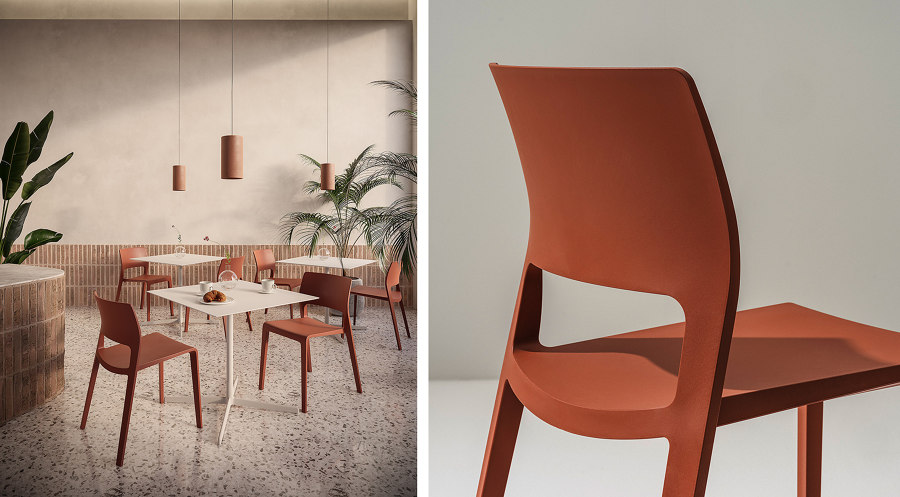
Studio Irvine has reworked the late James Irvine’s classic Juno chair in a more sustainable, timeless fashion – now produced with 70% recycled plastic and in a new colour palette inspired by the natural world
×Committed to sustainability
That commitment to sustainability is evident in all these new designs and Arper has worked with the designers to ensure they are all, at the end of long, useful lives, easy to disassemble and parts recycled or re-used.
As Jean-Marie Massaud says, design has a responsibility to answer to current and future needs, on a social and environmental level. And Arper’s Project of Living does it beautifully.
‘Design is a consequence of social practices,’ says Massaud. ‘It responds to our lifestyle and tries to help us have a more convenient, more elegant way of living. Designers have to be progressive. We can’t just tell the same story over and over, but instead, do better each time.’
© Architonic


